Australian Native Ingredients: Discover Australia’s Wild Superfoods

Australian native ingredients, also known as bushfoods, are traditional foods and botanicals that have been harvested by Indigenous Australians for thousands of years. These nutrient-rich superfoods are celebrated for their bold flavours, unique aromas, and health benefits. From Davidson Plum to Finger Limes, these ingredients are now inspiring chefs and home cooks around the world.
What Are Australian Native Ingredients?
Australian native ingredients (or bushfoods) are plants, fruits, herbs, seeds, and nuts that naturally grow across Australia. Traditionally used by Aboriginal communities for food and medicine, these ingredients are now at the forefront of modern cooking for their distinctive taste, sustainability, and exceptional nutrition.
Discover our full native ingredient range and bring these vibrant flavours into your kitchen.
Why Choose Australian Native Ingredients?
- Uniquely Australian Flavours: From the citrusy pop of Finger Lime pearls to the tart punch of Davidson Plum, native ingredients bring bold, natural tastes to gourmet cooking and mixology.
- Nutritional Powerhouses: Many native ingredients are classified as superfoods, rich in antioxidants, vitamin C, and minerals. For example, Lemon Aspen supports immunity, while Davidson Plum is packed with anthocyanins for skin and heart health.
- Sustainability: Grown with low environmental impact, many native foods are cultivated using organic and biodynamic practices, encouraging biodiversity and land regeneration.
- Cultural Significance: Using native foods helps honour Aboriginal knowledge and supports ethical Australian growers.
Top Australian Native Ingredients
Here are some of our most loved native ingredients available at Naturally Native:
- Davidson Plum – Tart, deep-purple fruit rich in antioxidants and vitamin E. Perfect for smoothies, desserts, and sauces.
- Finger Lime – Known as “citrus caviar,” ideal for seafood, cocktails, and desserts.
- Lemon Aspen – Tangy citrus flavour with hints of grapefruit, perfect for dressings and cocktails.
- Riberry – Spicy and clove-like, great for jams, sauces, and syrups.
- Bunya Nuts – Protein-rich seeds ideal for roasting or baking.
- River Mint – Refreshing, sweet herb for teas, salads, and desserts.
Explore our finger lime recipes, Davidson plum recipes, and more to see how these ingredients shine in everyday cooking.
How to Use Australian Native Ingredients
- Smoothies: Add freeze-dried powders like Davidson Plum for a colour and vitamin boost.
- Cocktails: Use finger lime caviar to garnish drinks or add citrus notes to spirits.
- Sauces & Dressings: Incorporate lemon aspen for tangy zest.
- Baking: Swap traditional fruits for native superfoods to create modern Australian desserts.
Where to Buy Australian Native Ingredients
At Naturally Native, we grow, harvest, and supply premium Australian native ingredients directly from our Nimbin farm. Choose from:
Final Thoughts
Australian native ingredients are more than just superfoods – they’re a gateway to reconnecting with nature, celebrating Indigenous heritage, and enjoying truly unique flavours. Bring these wild superfoods to your kitchen with Naturally Native.


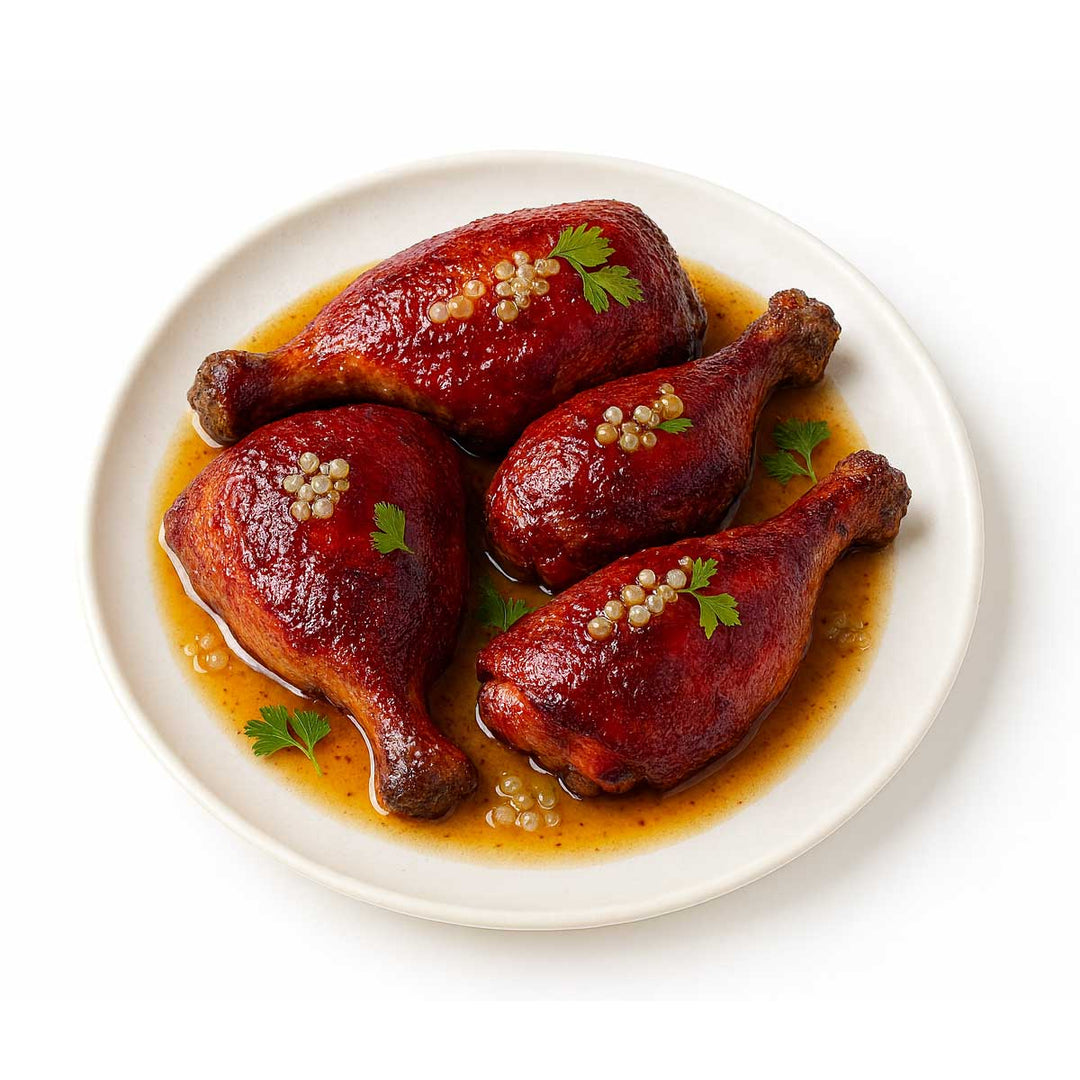
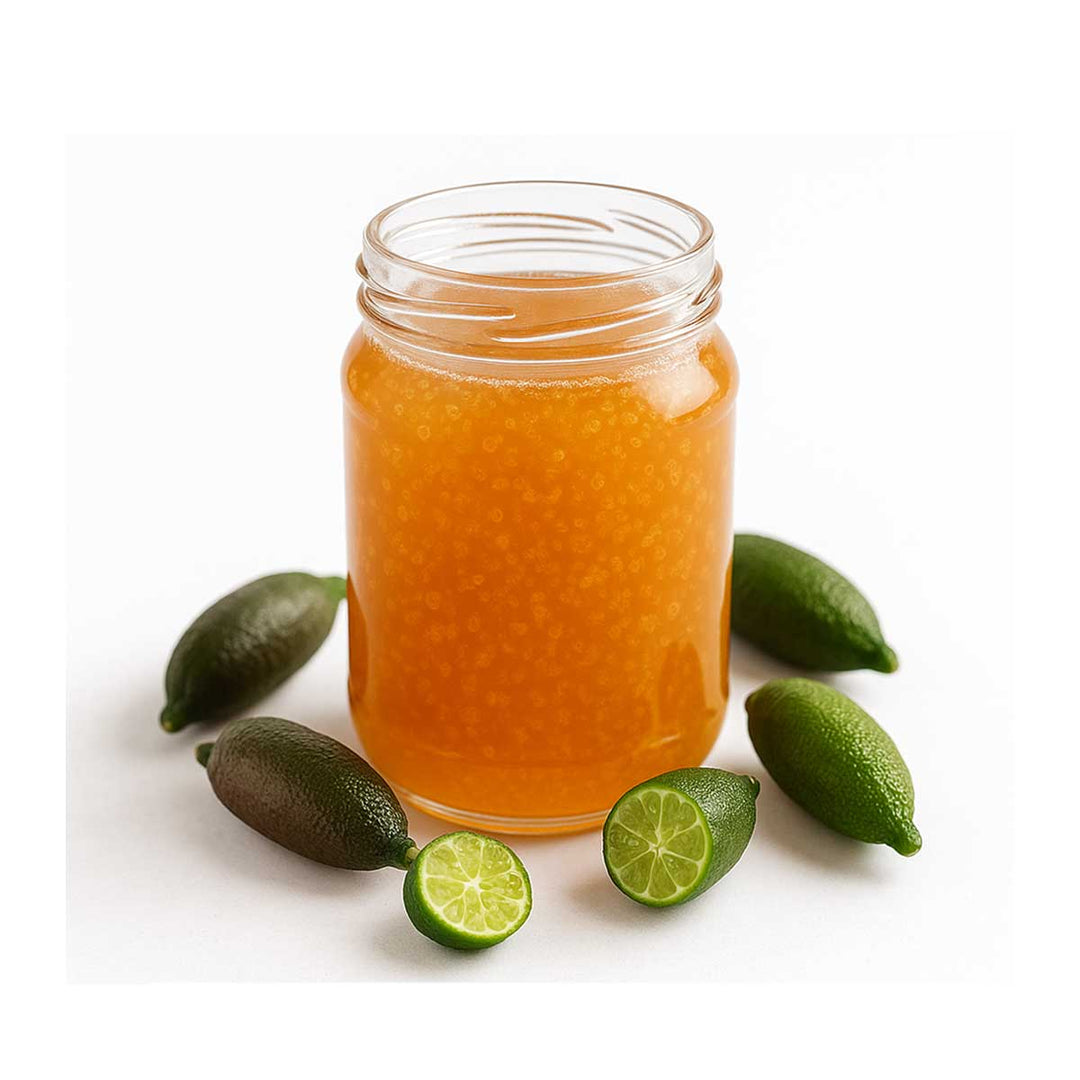
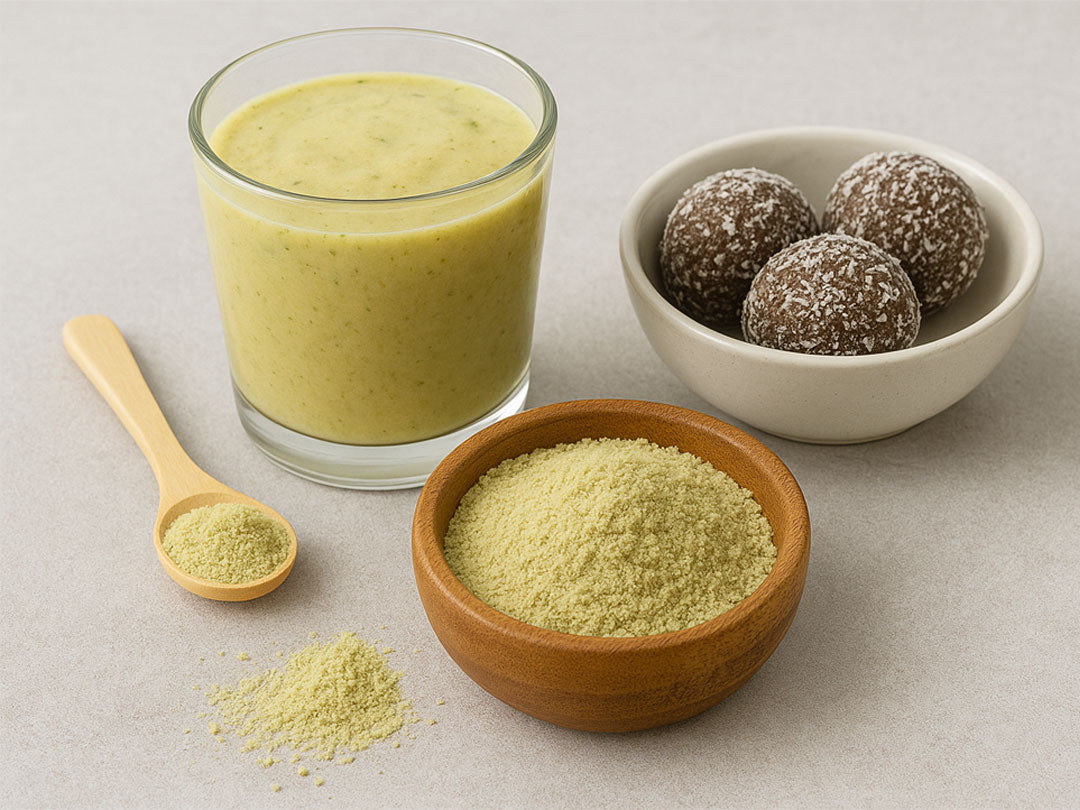
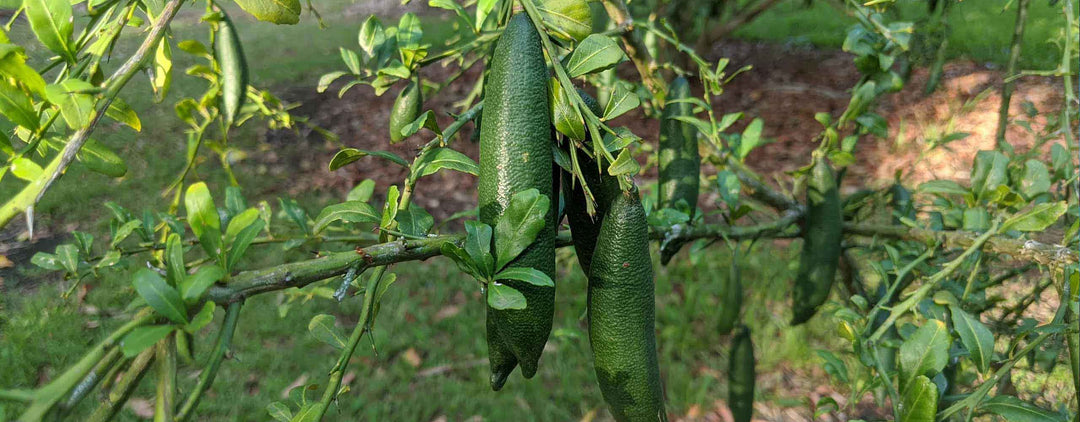

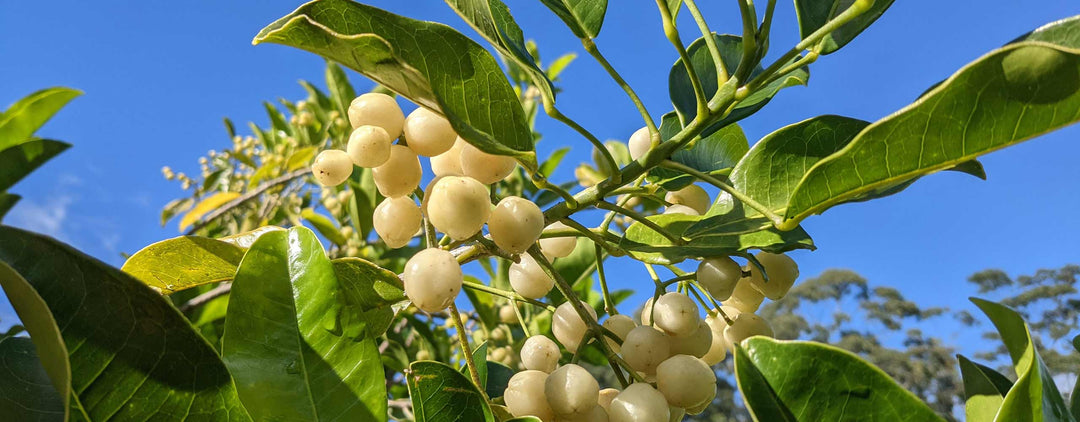
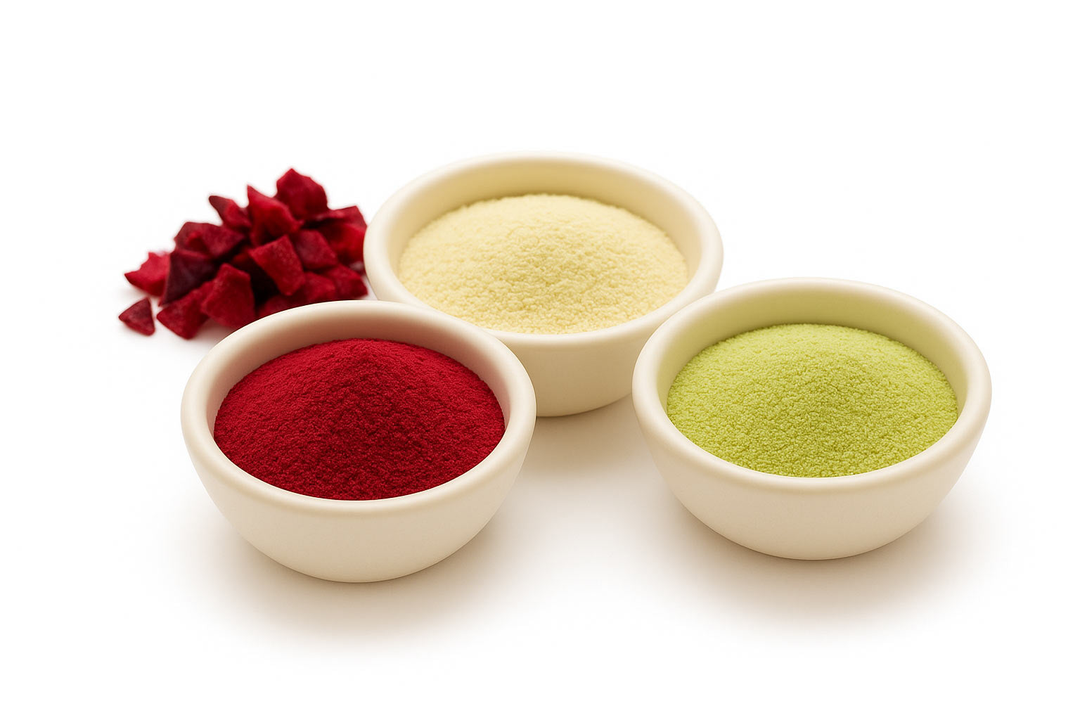
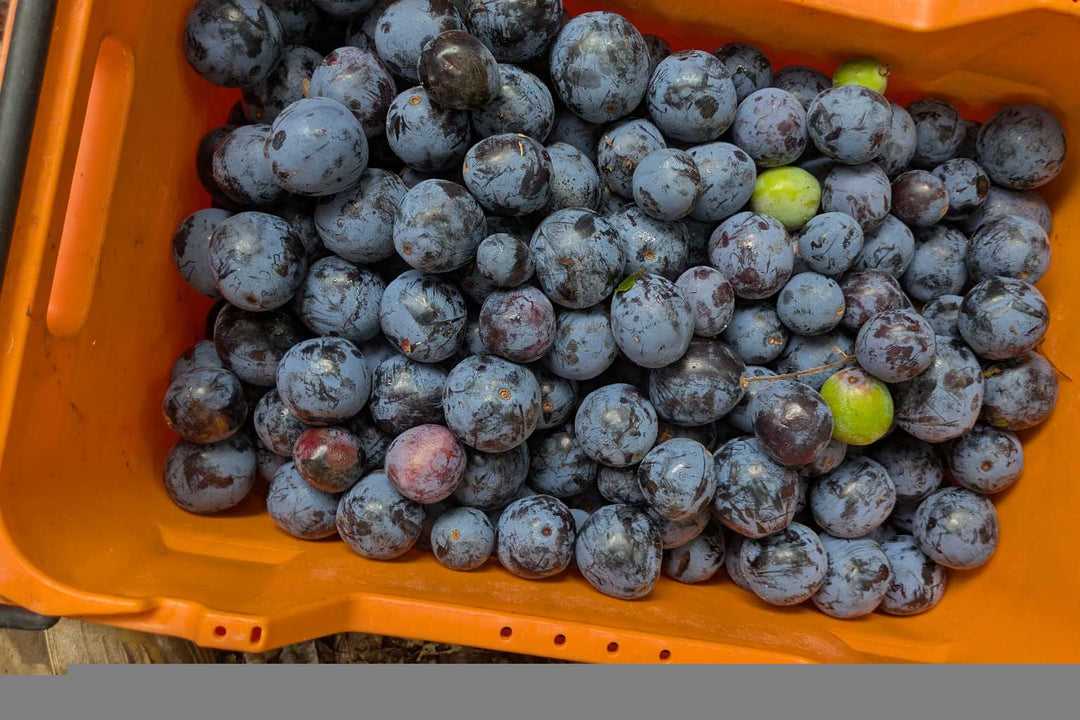
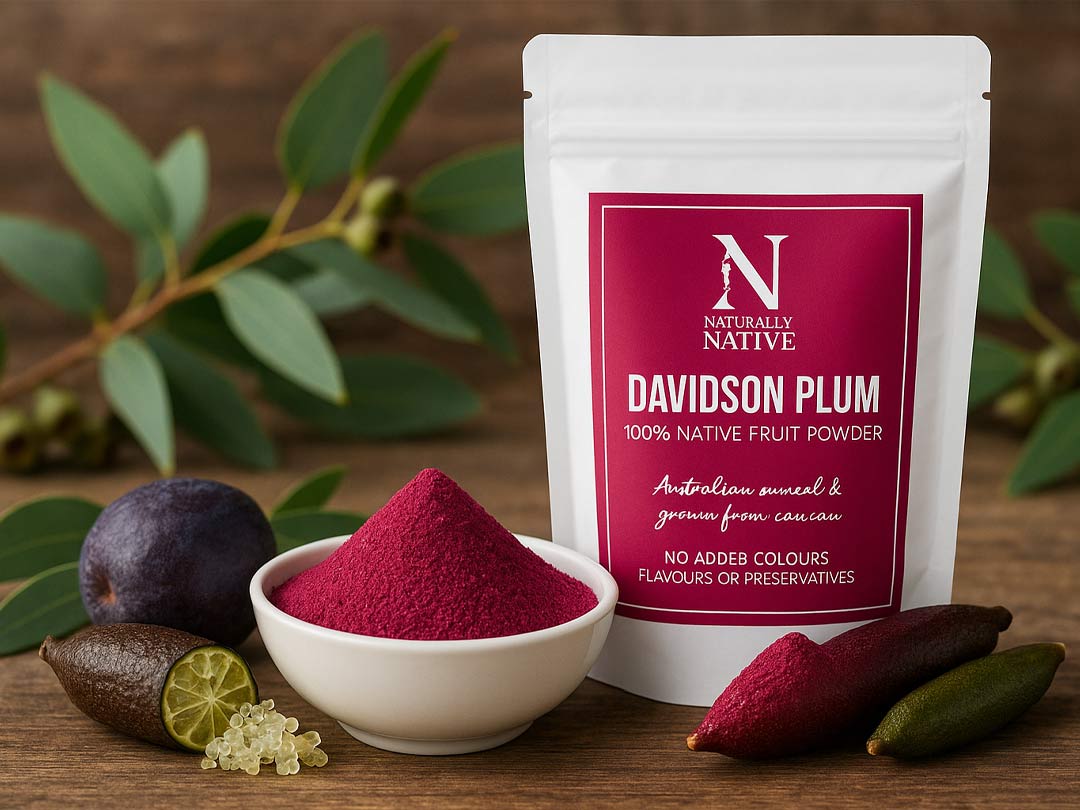
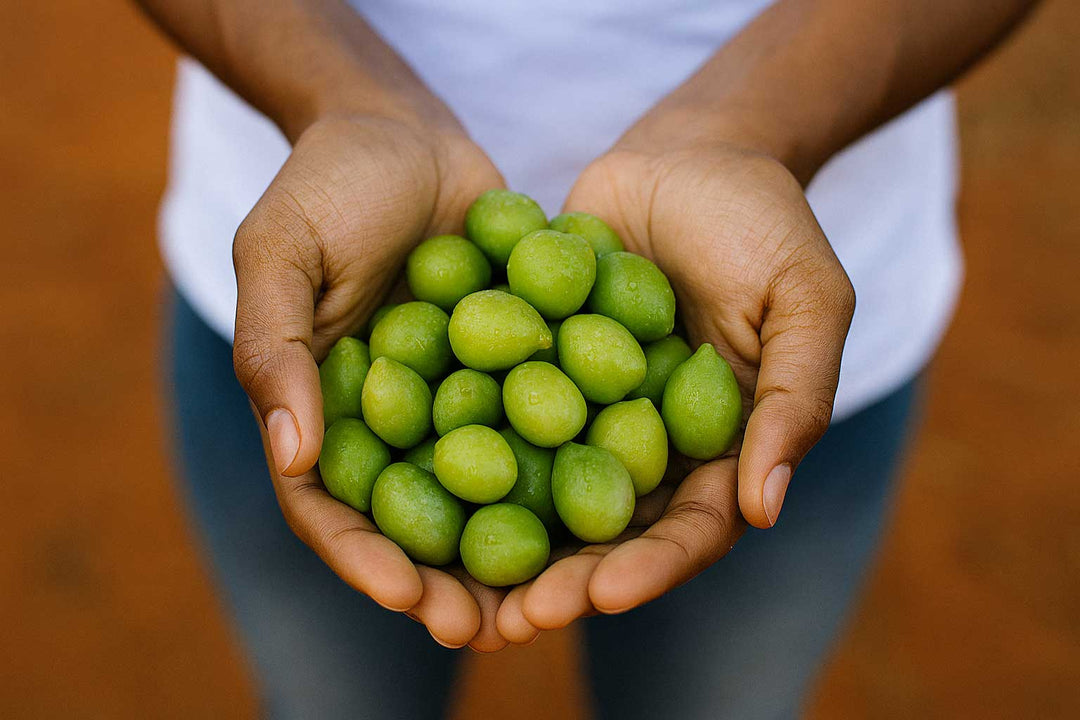
Leave a comment